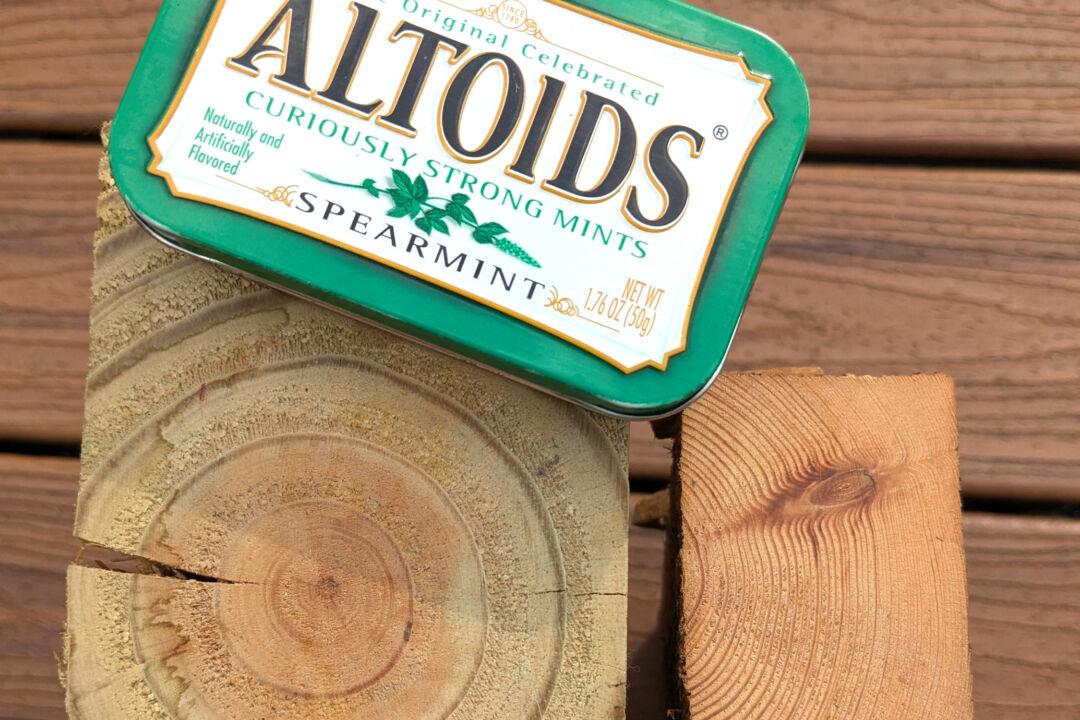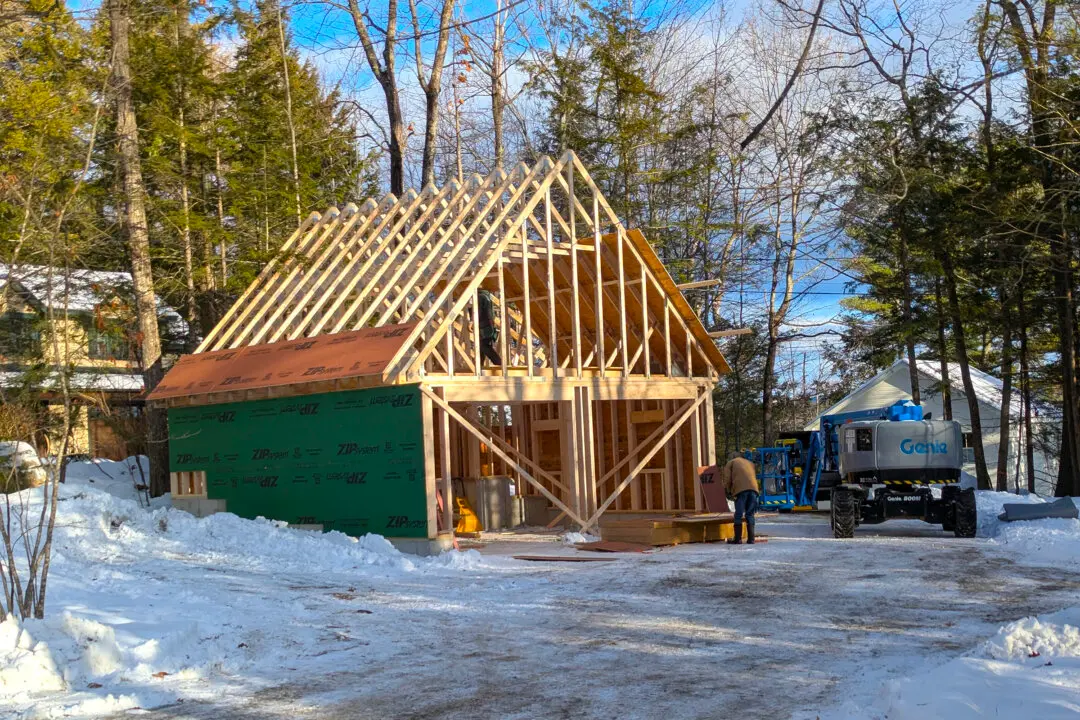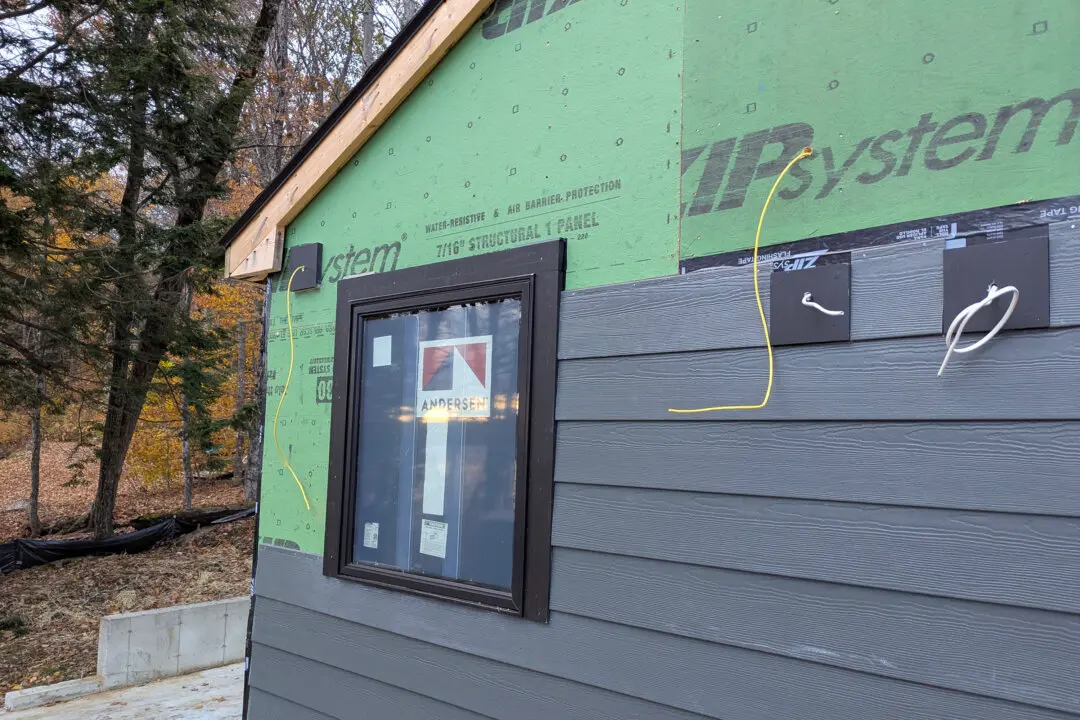Roy subscribes to my free newsletter. He reached out to me about a month ago for one of my phone consultations. He needed help engineering a drainage system around his house to stop water from infiltrating his basement. My college degree is in geology with a focus on hydrogeology and geomorphology. Hydrogeology is the study of groundwater movement. Geomorphology is the study of the earth’s surface where we walk and build things.
I shared how to stop the water infiltration. Roy emailed me a few weeks later to report my advice yielded a dry basement. He was very happy. He asked for additional advice based on some information given to him by a neighbor. All of a sudden we were on the topic of house settlement. His neighbor wandered into the murky depths of a problem that’s misunderstood and misdiagnosed perhaps tens of thousands of times a day across the USA and the world.





